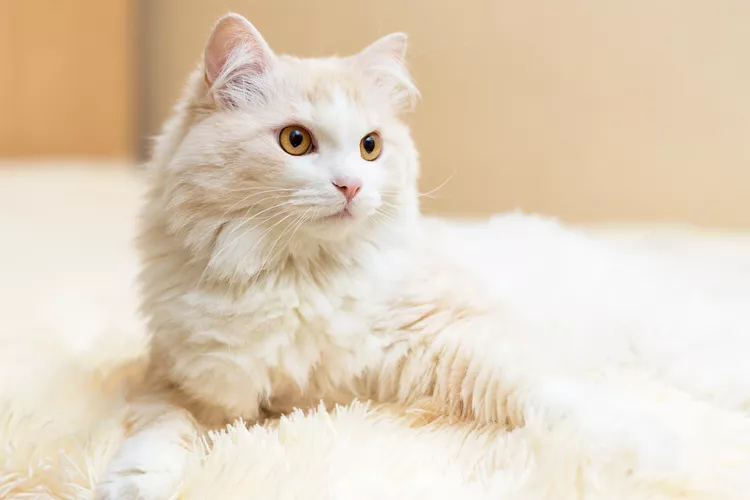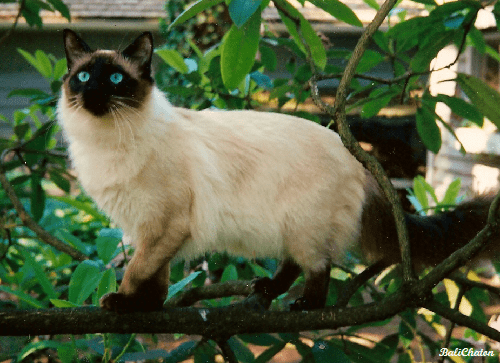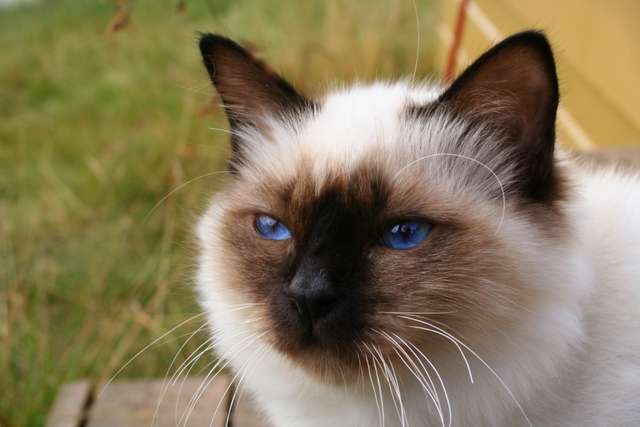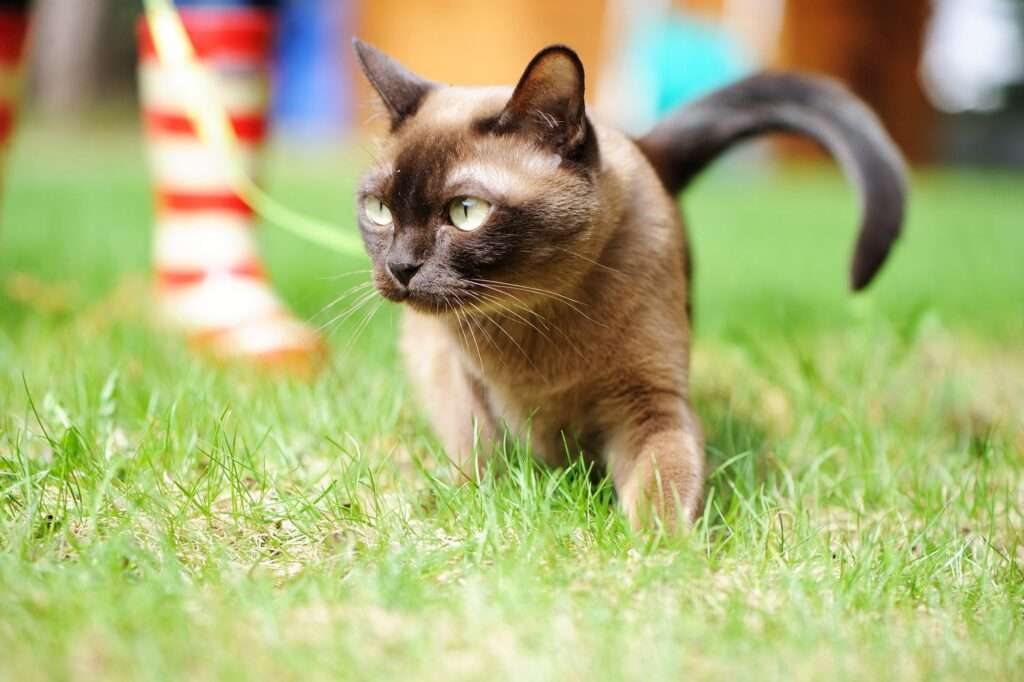
Description
Size: 6-12lbs.
Turkish Angoras are petite, long-bodied cats with straight, cheerful ears and long, beautiful coats. All Angoras have a dignified, royal personality and conduct themselves with elegance, whereas those who come from the Ankara Zoo in Turkey have a slightly larger frame. Turkish Angoras come in a variety of colors, while white is usually the most common and the only shade produced at the Ankara Zoo. Other colors include black, browns, reds, and grays, as well as tortoiseshell, tabby, and bicolor varieties.

Behavior
Activity Level: High
Social needs: Don’t like being alone, always need human or other pets company
Angoras’ beauty, intellect, and dedication appear to elicit powerful reactions in their human companions. Angora is not satisfied until they are directly involved in whatever you are doing; this is because they have a strong bond with their owners. They appreciate having a good chat and can hold their own in any situation.
Angoras are friendly yet persistent. Angoras have a strong desire to play and occasionally enjoy making light-hearted fun of their favorite people. They like practicing their pounce on random pieces of paper or innocent human toes, depending on what strikes their interest.
Origin/History
The Turkish Angora may have been the first longhaired cat to be discovered in Europe. A white cat with long hair was imported from Ankara to Europe around 1520. Although Persians were more popular, this stunning breed nevertheless fascinated European enthusiasts. The Turkish Angora was afterward completely disregarded and nearly went extinct in Europe. We may have completely lost this breed if they had not been maintained at the zoo in Turkey.
An American couple traveled to Turkey in the 1960s. The Turkish angora cats at the zoo captured their hearts, and they made attempts to obtain permission to transport some of these cats back to the United States. Eventually, they were permitted to do so, and the cats actively engaged in breeding in the United States.
Care as a Pet
Your Turkish Angora could get periodontal disease, just like any other cat, if you don’t maintain good oral hygiene. Although weekly brushing will give your cat some protection, daily brushing is ideal.
Make sure to inspect your cat’s ears once a week for dirt, debris, or infection symptoms. Clean your cat’s ears carefully with a soft cotton cloth if they are filthy. Ear swabs should be avoided since they can harm the sensitive inner ear components.
Because the Turkish Angora has more energy, you should schedule 15 to 30 minutes of daily exercise for your cat. A fun and simple approach to assist your Turkish Angora burn off some energy is to play with cat toys. For safety reasons, it is strongly advised that you keep your Angora indoors at all times.
Nutrition and Diet
The diet of your Angora is greatly influenced by its age, sex, and amount of activity. Consult the feeding instructions on your preferred cat food or speak with your veterinarian if you’re unsure how much to give your cat. Maintaining a healthy, balanced diet for your Turkish Angora is crucial since overfeeding can result in obesity, which can cause a variety of other health issues.
Grooming needs
Turkish angoras have a single coat, which makes them far less likely to matt and knot. Just give your cat a weekly brushing to get rid of dirt, and wash them when necessary.
Table





